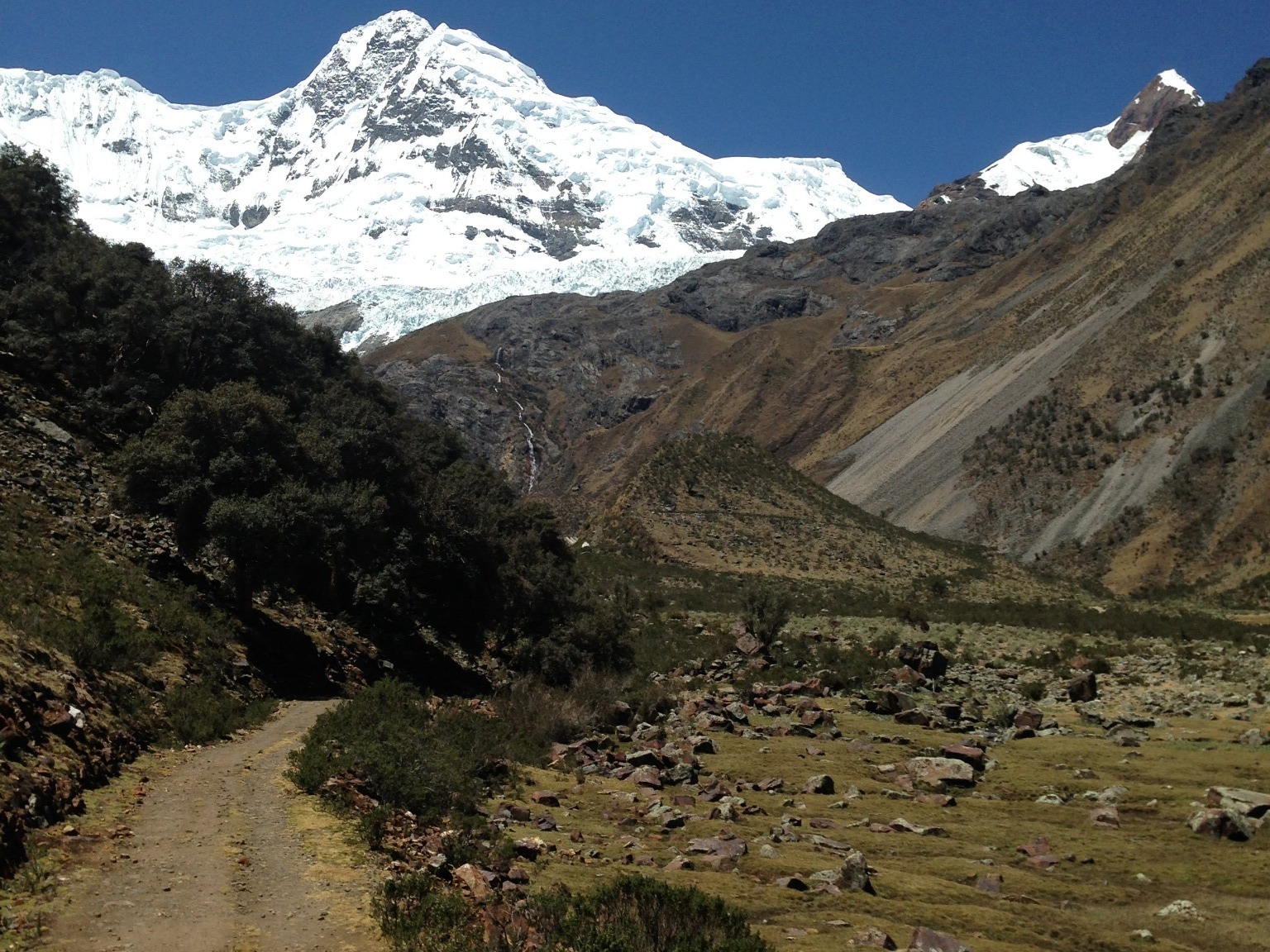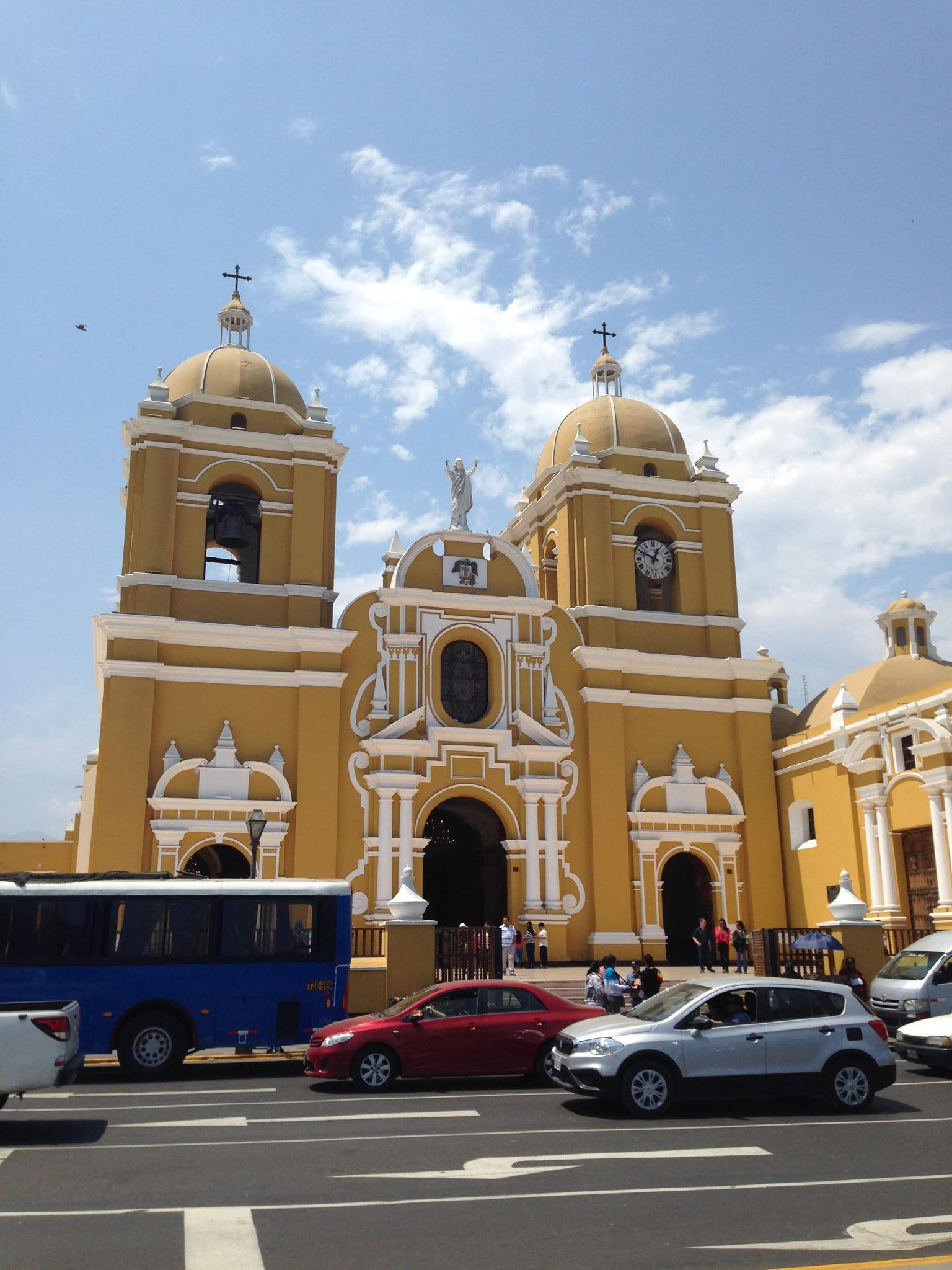Deadly Machismo in the Peruvian Andes
A film opens questions about the roots of machismo and homophobia in Peru's indigenous communities
May 2022
A man is caught by the men in his community having a homosexual relationship. He is severely beaten by his fellow men. The shame of his homosexuality falls on his son and wife. A mob jeers at the son who then physically attacks his tormentors.
The country is Peru and the village indigenous Andean. The homosexual man is a respected local artist, selling his art throughout the region. Not even the respect he has earned from his community can save him once his homosexuality is discovered. The movie in which this takes place is Retablo.
Shortly before being outed as a homosexual, the artist sells a masterpiece to the local Catholic parish in the closest large city. The head priest effusively praises him.
While the artist’s work is treasured by the local Catholic Church, those of his sexual orientation are doggedly persecuted by the Peruvian Catholic Church. In Peru, the Catholic Church maintains a strong homophobic and conservative presence in public. The archbishop of Lima from 1999 to 2019 said that gay rights harmed marriage and the family and referred to homosexuality as an illness. Others in the Peruvian church hierarchy have preached similar opinions. Even compared with neighboring countries, Peru is especially homophobic. Ecuador – which struggles with its own homophobia – legalized gay marriage, as have Colombia and Brazil.
Retablo also highlights the violent, deadly machista (macho) culture in many Peruvian indigenous communities. In the film, outside the home men spend time with other men who are quick to violently gang up on the artist and his son as the artists’ homosexuality is discovered. As crowds of men gang up on them, contrary voices are absent as all participate or jeer from the sidelines. In addition to the son and father, the wife also pays a price. Deeply ashamed of her husband and betrayed, she abandons her husband and flees her village. It is a society where heterosexual men rule.

Examples of heterosexual, male-dominated indigenous culture in Peru are well documented. In many indigenous Peruvian communities, women face limited work prospects, are expected to shoulder domestic responsibilities and are frequent victims of male violence.
The question is whether indigenous communities in Peru were machista (male-dominated), homophobic and violent prior to the arrival of Europeans in the 16th century or whether European culture made indigenous culture more violent and machista.
Some argue that in many pre-European indigenous communities in parts of South America were not machista and women took prominent roles in decision making. They say it was Europeans who created a more machista culture where men were the leaders and representatives of their communities. Moreover, there is evidence of some acceptance of homosexuality in pre-European Andean cultures and that a European focus on heterosexual relationships fomented homophobia in indigenous communities. The Catholic Church – whose traditions and beliefs many indigenous partly adapted – is particularly homophobic (as noted above). Indigenous communities adapted many attitudes of the conquerors' culture.
Indigenous culture in South America is today, as it was in 1500, very diverse and so conclusions will vary from community to community. What is clear, however, is that many of the modern indigenous communities do have a strong machista culture (even if many women are fighting against this male-dominated culture).

Peru’s indigenous communities also experienced significant violence in the 1980s and 1990s from both the government and the Maoist rebel group Sendero Luminoso (Shining Path in English). Just like in many other war-torn communities, violent habits and mindsets do not simply disappear after the cessation of hostilities. Indeed, in the last decades Peru has consistently been ranked as a country with high levels of insecurity and violence. Moreover, it has a police and military which, due in large part to the legacy of the conflict with Sendero Luminoso, has a tendency to be violent and abusive toward the citizenry. While the causes violence are multifaceted and complex, the multi-decade legacy of a horrific civil conflict does not disappear overnight.
As such, identifying the root causes of an aggressive, violent, machista and homophobic culture is not simple. Moreover, modern homophobia in indigenous societies varies depending on the community. For instance, one study found that members of an Andean indigenous community viewed homosexuality negatively but did not actively persecute homosexual community members as occurred in the film Retablo.
No matter the exceptions and nuances, it is clear that machismo, violence and homophobia are problems in many indigenous Peruvian communities and the country as a whole. Members of Peru’s current government have made homophobic comments and are not interested in advancing gay rights. As Retablo shows, despite advances in fighting heterosexual male domination and gay rights throughout Latin America and the world, there is still a long road ahead.
